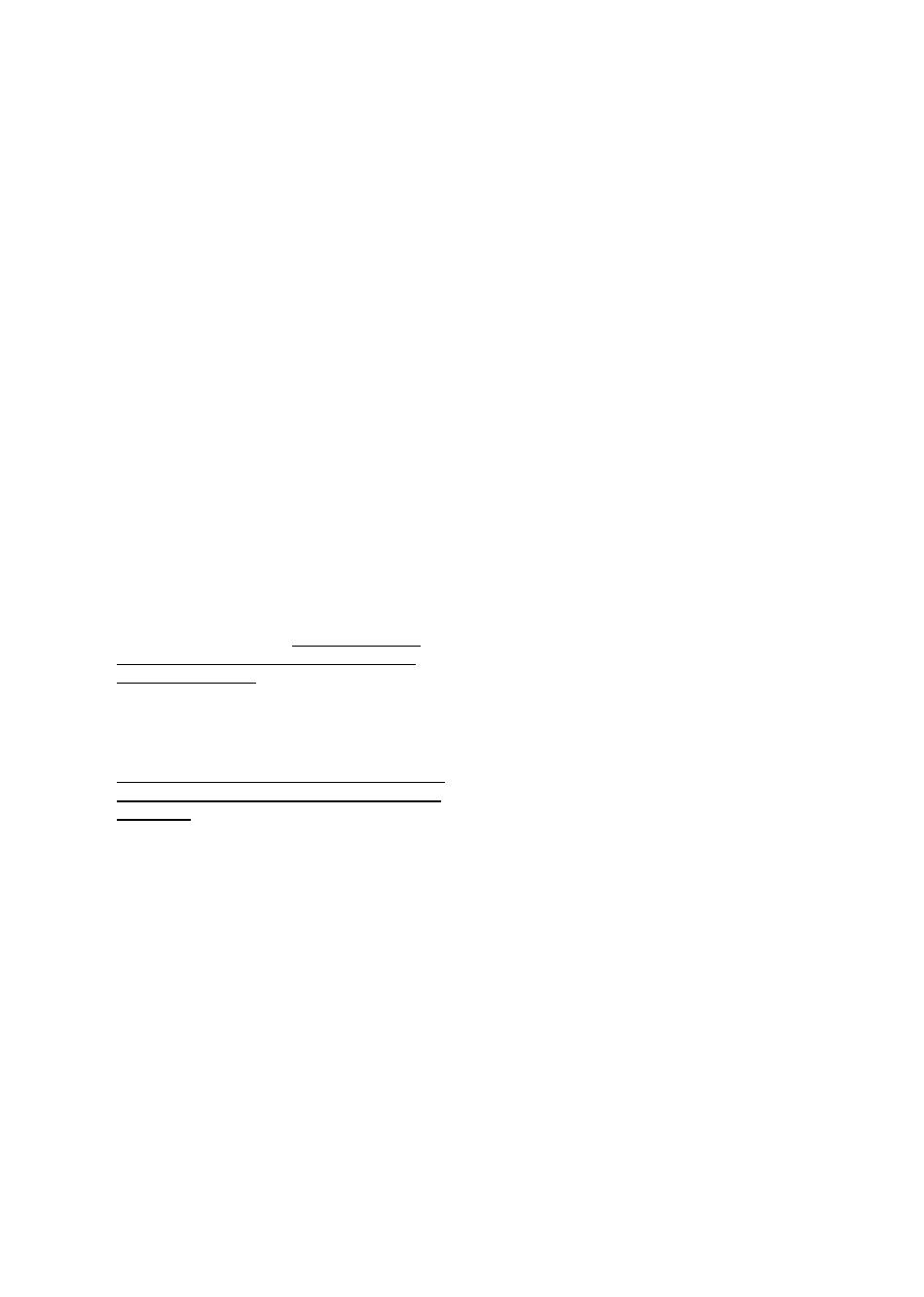
GB 2
BEFORE USING THE WASHING MACHINE
1.Remove the packaging and check
a.
Cut and remove the shrink-wrap.
b.
Remove the top protection and the protective
corners.
c.
Remove the bottom protection by tilting and
turning the washing machine on one rear bottom
corner.
d.
Open the lid by pressing it slightly down while raising
the handle. Remove the polystyrene cushion.
e.
Remove the blue protective film from the panel
(depending on model).
•
After unpacking, make sure that the washing
machine is undamaged. If in doubt, do not use the
washing machine. Contact After-Sales Service or
your local retailer.
•
Keep the packaging materials (plastic bags,
polystyrene parts, etc.) out of reach of children;
they are potentially dangerous.
2.Remove the transport bracket
•
The washing machine is fitted with transport
screws and a transport bracket to prevent
damage during transport.
Before using the
washing machine you must remove the
transport bracket
(see “Installation/Remove
the transport bracket”).
3.Install the washing machine
•
Place the washing machine on a flat and stable
floor surface.
• Adjust the feet to ensure that the machine
is stable and level (see “Installation/Adjust
the feet”).
4.Water supply
•
Connect the water supply inlet hose in
accordance with the regulations of your local
water company (see “Installation/Connect the
water inlet hose”).
•
Water supply: Cold water only
•
Tap: 3/4” threaded hose connection
•
Pressure: 100-1000 kPa (1-10 bar).
5.Drain hose
•
Connect the drain hose to the siphon or hook it
over the edge of a sink with the “U” bend (see
“Installation/Connect the water drain hose”).
•
If the washing machine is connected to a built-in
drainage system, ensure the latter is equipped
with a vent to avoid simultaneous loading and
draining of water (siphoning effect).
6.Electrical connection
•
Electrical connections must be carried out by a
qualified technician in compliance with the
manufacturer’s instructions and the current
standard safety regulations.
•
The technical data (voltage, power and fuses) are
given on the rating plate on the rear of the
washing machine.
•
The washing machine must be connected
exclusively by means of a socket with an earth
connection in accordance with current
regulations. The washing machine must be
earthed by law. The manufacturer declines all
liability for damage to persons or property
deriving directly or indirectly from failure to
observe the directions.
•
Do not use extension leads or multi sockets.
•
Before any maintenance on the washing machine
disconnect it from the mains supply.
•
Access to the mains plug or to disconnection
from the mains supply via a double-pole switch
must be ensured at all times following the
installation.
•
Do not operate the washing machine if it has
been damaged during transport. Inform the
After-Sales Service.
•
Mains cable replacement is only to be carried out
by After-Sales Service.
•
The washing machine must be connected to an
effective earthing installation, in compliance with
the regulations in force. In particular, washing
machines installed in premises containing a
shower or a bath must be protected by a
differential residual current device of at least 30
mA. Earthing the washing machine is obligatory
under the law. The manufacturer declines all
liability for damage to persons or property
deriving either directly or indirectly from failure
to observe the directions above.
•
The washing machine may only be used in the
household for the prescribed uses.
Dimensions:
Width: 400 mm
Height: 900 mm
Depth: 600 mm
IFU_Alpha_Sc1-mech_GB.fm Page 2 Wednesday, March 30, 2005 6:52 PM
Black process 45.0° 100.0 LPI


















